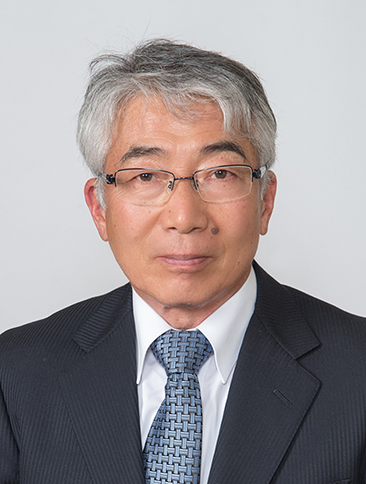Education
-
University of Tsukuba Graduated
- 1976.3
-
University of Tsukuba Doctor's Course Accomplished credits for doctoral program
- 1983.3
Updated on 2023/01/12

University of Tsukuba Graduated
- 1976.3
University of Tsukuba Doctor's Course Accomplished credits for doctoral program
- 1983.3
Fukui University of Technology Professor
2017.4
Frequency of Play and Exercise at Preschool and Childhpood Ages:Effect on Exercise Habits and Physical Fitness in Adolescence Reviewed
Takayoshi Yamada, Shinichi Demura, Shigeru Shimada
Journal of Physical Activity Reseach 7 ( x,xx ) 1 - 5 2019.2
Characteristics of the life habits of obese students at one of Japan's National Colleges of Technology Reviewed
Y.Nagasawa,S.Demura,S.shimada
International Journal of Adolescent Medicine and Health 2016.12
A Study on Skill Evaluation in Net-type Sports: Application to Teaching in a Situation where Player is without Ball
44 425 - 429 2014.5
Effects of Sports Club Activities on the Physique and Physical Fitness of Young Japanese Males Reviewed
Takanori Noguchi,Shin-ichi Demura,Shigeru Shimada,Hidetsugu Kobayashi,Shunsuke Yamaji & Takayoshi Yamada
World Journal of Education 3 ( 6 ) 27 - 32 2013.12
Characteristics of Obese Individual's Physical Fitness Based on Body Mass Index and Body Fat Percentage of Japanese Male Students in the National College of Technology Reviewed
The Journal of Education and Health Science 56 ( 3 ) 267 - 274 2011.2
Characteristics of Life Style and Health-Status Based on Longitudinal Data for Three Years of Japanese Male Students in the National College of Technology Reviewed
The Journal of Education and Health Science 55 ( 4 ) 293 - 304 2010.6
Physical Fitness Changes of Japanese Male Students at the National College of Technology Reviewed
Masanobu Uchiyama,Sinichi Demura,Shigeru. Shimada他
The Journal of Education and Health Science 53 ( 4 ) 374 - 385 2008.6
Physique and Physical Fitness of Male Students who belong to the Sportsclubs at Fukui National College of Technology Reviewed
自然科学・工学 ( 41 ) 113 - 117 2007.11